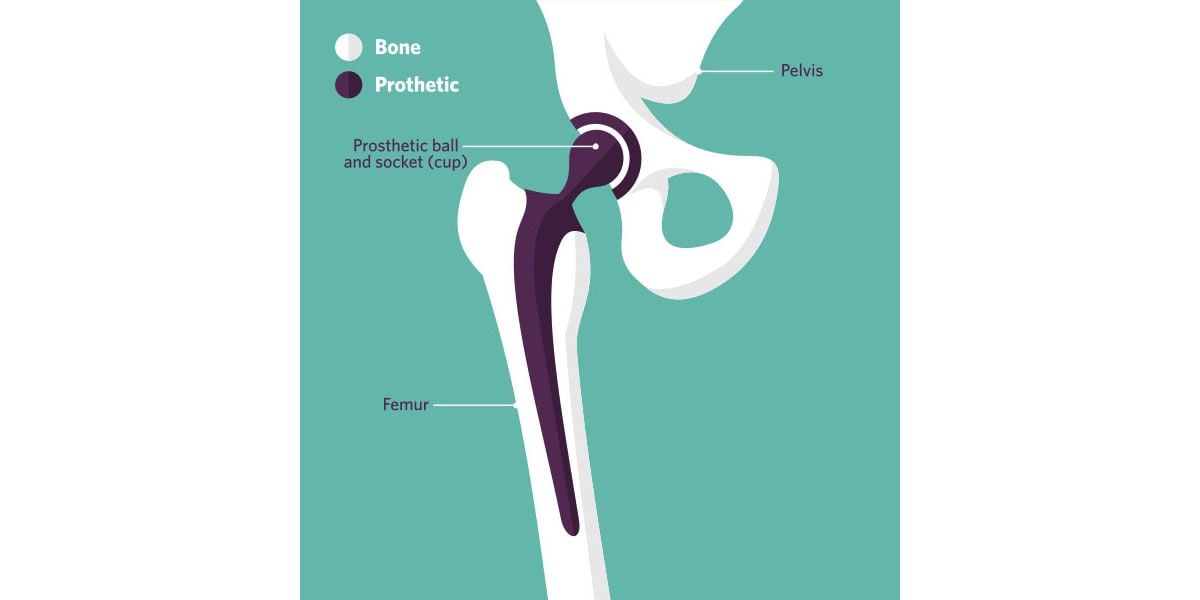
Your body is covered with sterile drapes, leaving your hip exposed. A urinary catheter may be put in place.
There are several surgical approaches used for hip replacement. Talk to your surgeon about the pros and cons of each approach and which is right for you. There may be variations on these approaches:
- The posterior approach involves an incision through the buttock.
- The anterior approach goes through the front of the thigh.
- The anteriolateral approach goes through an incision on the front or side of the hip.
- Minimally invasive approaches involve smaller incisions and less tissue damage, but it's currently unclear whether they offer better results.
The damaged parts of your hip are removed and the bones are shaped to fit the hip prosthesis. Measurements are taken to help ensure your leg length is preserved. The prosthesis is fixed into place.
Before finishing the surgery, your hip is checked for stability, alignment and mobility. Often, a small drain will be put in to remove fluid from the hip. The wound is closed using dissolving stitches or staples. The hip is then dressed with a sterile bandage.
You’re then taken to the recovery room where your vital signs (blood pressure, pulse and breathing) are monitored to ensure they’re stable. Once you’re awake and alert, you’ll be transferred to the ward.